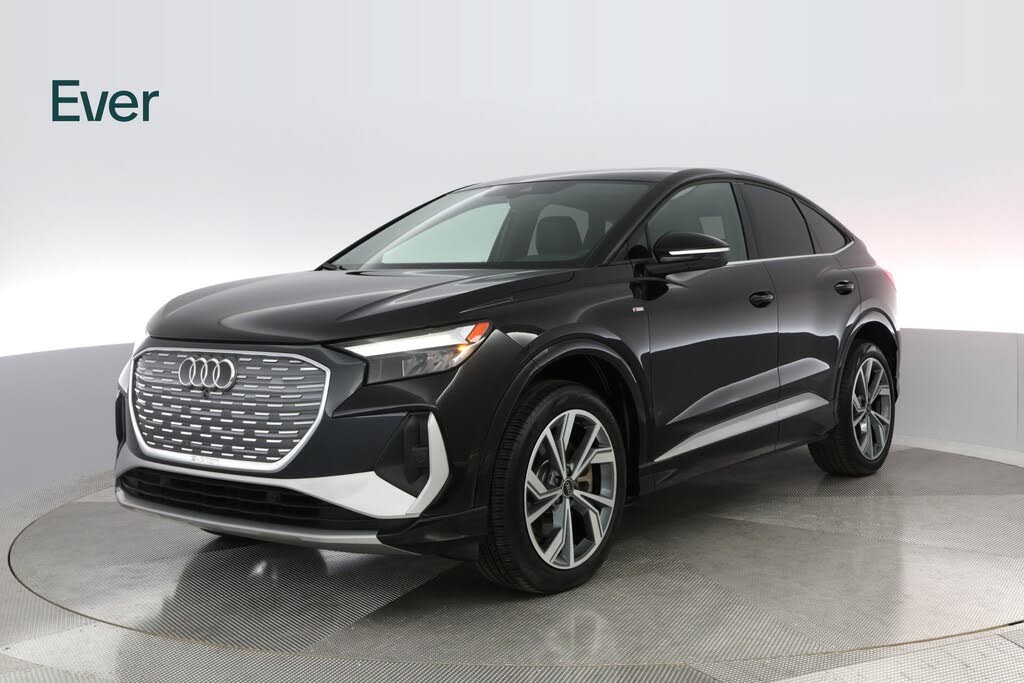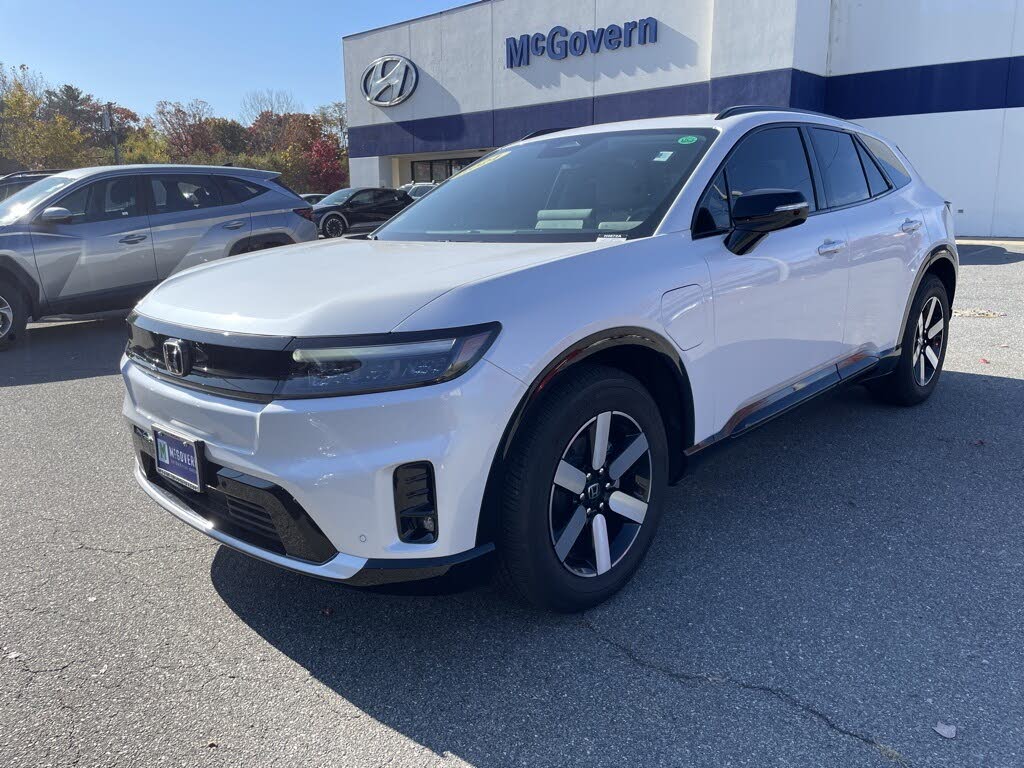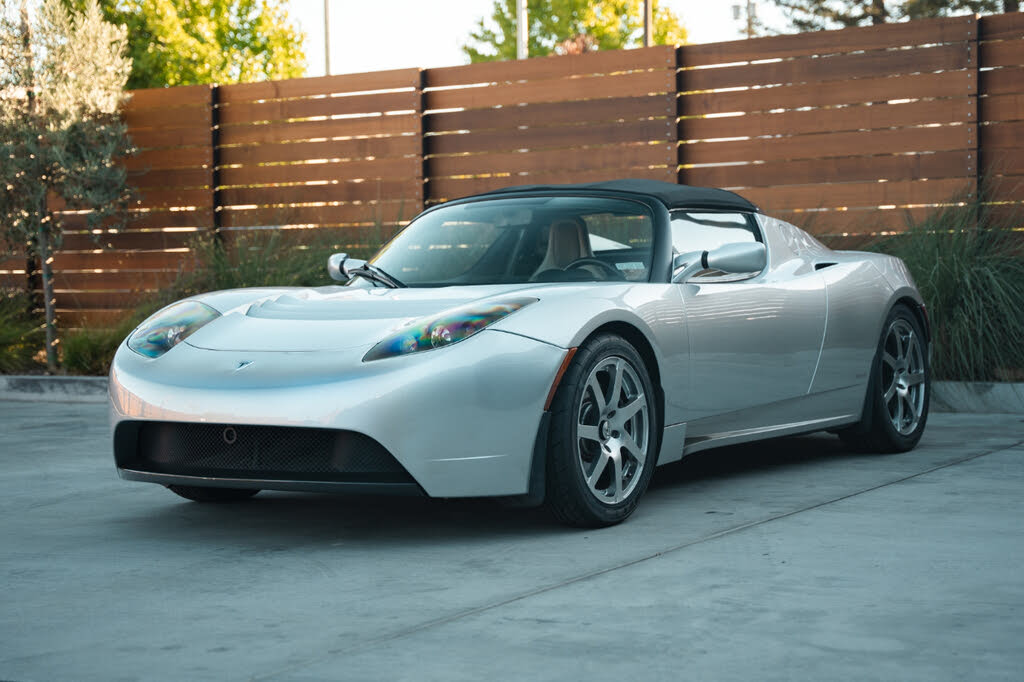Home > News & Blogs > Why Your 4×4 Pickup Relies on Electric Cars for the Future of Driving
Why Your 4×4 Pickup Relies on Electric Cars for the Future of Driving
How New Fuel Efficiency Standards Are Shaping the Future of Automobiles
Introduction
In a significant move toward reducing greenhouse gas emissions, the Environmental Protection Agency (EPA) and the National Highway Traffic Safety Administration (NHTSA) have introduced stringent fuel efficiency standards. These regulations mandate that automakers achieve an average fleet efficiency of 40 MPG by 2026. This article delves into what these changes mean for automakers, consumers, and the environment.
Understanding the 55 MPG Target and Its Real-World Implications
The EPA's official target is set at 55 MPG, but this translates to approximately 40 MPG in real-world driving conditions. This discrepancy arises from regulatory credits for zero-emission vehicles and advanced fuel-efficient technologies. These technologies include active grille shutters and reflective exterior paints, which help reduce energy consumption.
This new target effectively reinstates the Obama-era standards, which were rolled back during the Trump administration. The current 55 MPG target represents a 28% increase from the previous 43 MPG requirement, underscoring a renewed commitment to environmental sustainability.
--TOP ADVERTISEMENT HERE--
The Role of Electric Vehicles in Meeting Efficiency Goals
To meet these ambitious targets, automakers will need to significantly increase their production of electric vehicles (EVs) and plug-in hybrids (PHEVs). These vehicles, which produce no tailpipe emissions, are essential for balancing the lower efficiency of traditional internal combustion engine (ICE) vehicles, such as SUVs and trucks.
- EVs and PHEVs: These vehicles already exceed the efficiency requirements, with some EVs achieving the equivalent of nearly 100 MPG.
- Fleet Averaging: Automakers can continue producing less efficient vehicles by offsetting them with high-efficiency EVs and PHEVs.
-
According to EPA estimates, automakers will need to sell nearly 2 million EVs and PHEVs annually by 2026, up from just under 700,000 in 2021. This represents a significant shift in the automotive market, with electrified vehicles expected to account for 17% of total sales.
Why CAFE Standards Matter
The Corporate Average Fuel Economy (CAFE) standards were established in response to the 1973 oil crisis, aiming to reduce the United States' dependence on foreign oil. These standards, developed jointly by the EPA and NHTSA, set fuel efficiency targets for automakers based on the types of vehicles they sell.
CAFE standards are not static; they are adjusted annually based on sales data and market trends. Automakers can meet these targets by selling more efficient vehicles, purchasing credits from competitors, or paying fines for noncompliance.
--FIRST CONTENT ADVERTISEMENT HERE--
Who Benefits from the Push Toward Electrification?
The shift toward EVs and PHEVs offers numerous benefits for consumers, the environment, and society as a whole:
- Consumers: While the upfront cost of EVs may be higher, the long-term savings on fuel and maintenance can offset this premium. EVs require fewer oil changes, have fewer moving parts, and generally incur lower fuel costs.
- Environment: Increased fuel efficiency reduces greenhouse gas emissions, leading to cleaner air and a reduction in respiratory diseases and cancers.
- Economy: The growth of the EV market is driving innovation and creating jobs in the automotive and renewable energy sectors.
-
Challenges and Realities of Achieving 40 MPG
While the 40 MPG target is ambitious, it is not without challenges. The current fleet average for 2021 was just 25.7 MPG, indicating a significant gap that needs to be bridged. The popularity of SUVs and trucks, which are less fuel-efficient, further complicates this goal.
However, advancements in technology, such as turbocharged engines and hybrid systems, are helping automakers improve efficiency without sacrificing performance. For example, the 2022 Ford Maverick Hybrid achieves an impressive 42 MPG in city driving, demonstrating the potential for innovation in this space.
--SECOND CONTENT ADVERTISEMENT HERE--
MotorVero's Perspective on the Future of Automotive Propulsion
At MotorVero, we believe that both electric and internal combustion vehicles will coexist for the foreseeable future. While EVs are essential for reducing emissions and meeting regulatory targets, gas-powered vehicles remain crucial, especially in areas with limited charging infrastructure.
The transition to a more sustainable automotive future is well underway, but it will require continued investment in technology, infrastructure, and consumer education. As the industry evolves, we can expect to see a wider range of options that cater to the diverse needs of today's car buyers.
--FOURTH CAR LIST HERE--
Conclusion
The new EPA and NHTSA regulations represent a pivotal moment in the automotive industry. By pushing automakers to achieve a 40 MPG fleet average by 2026, these standards are accelerating the adoption of electric and hybrid vehicles. While challenges remain, the benefits of increased fuel efficiency—ranging from cost savings to environmental protection—are undeniable. As we navigate this transitional period, consumers can look forward to a future with cleaner, more efficient, and technologically advanced vehicles.
--THIRD CONTENT ADVERTISEMENT HERE--

motorvero013
Last Updated On Apr, 02-2025







